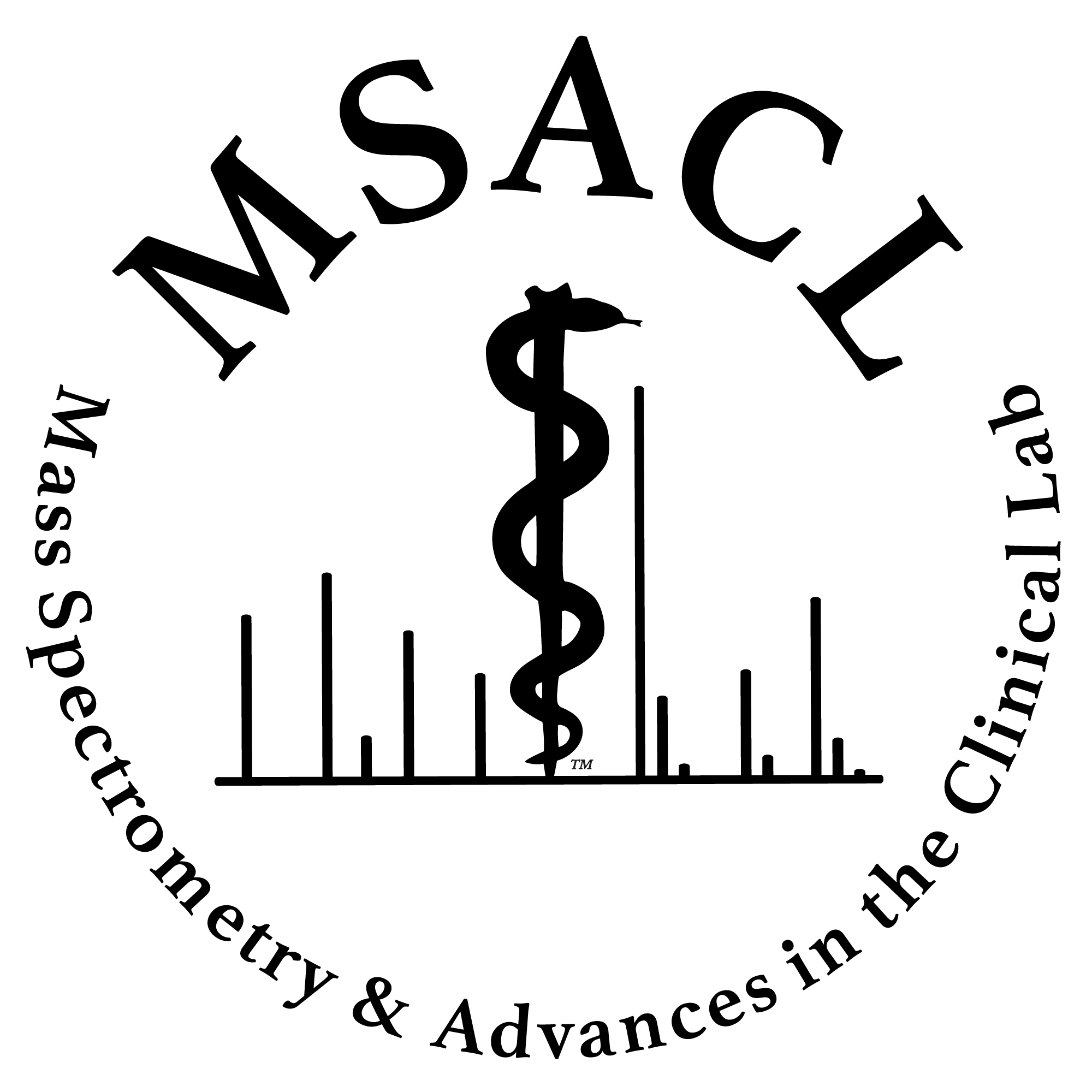MSACL 2023 Abstract
Self-Classified Topic Area(s): Tox / TDM / Endocrine > Cases in Clinical MS > Data Analytics
|
|
Poster Presentation
Poster #70b
Attended on Wednesday at 12:30
|
|
 Are Koreans Overexposed to Perfluoroalkyl Substances? Result of One Referral Laboratory Are Koreans Overexposed to Perfluoroalkyl Substances? Result of One Referral Laboratory
JunHyung Lee, Sung-Eun Cho, Ahram Yi, Sang Gon Lee, Eun Hee Lee
GC Labs, Yongin, South Korea

|
Junhyung Lee, M.D. & Ph.D. (Presenter)
GC Labs |
|
Presenter Bio: Education
B.S.: 1994-2001, College of Engineering, Seoul National University, Seoul, Korea
M.D.: 2005-2009, School of Medicine, Konkuk University, Seoul, Korea
Ph.D.: 2015–2019, Department of Medical Science, Graduate school, Chonnam National University
Careers
2011.3–2015.2: Residency of Laboratory Medicine, Chung-Ang University Hospital, Seoul, Korea
2015.3–2018.2: Fellow and clinical professor at Dept. of Laboratory Medicine, Chonnam National University Hwasun Hospital, Hwasun, Korea
2018.3–2021.2: Clinical assistant professor at Dept. of Laboratory Medicine, Chonnam National University Hwasun Hospital, Hwasun, Korea
Current Positions
2021.3-Current: Head of Dept. Special Biochemistry, GC Labs, Yongin-Si, Korea
|
|
|
|
|
Abstract Introduction:
Perfluoroalkyl substances (PFAS) are a group of chemicals used to prepare fluoropolymer coatings and heat-, oil-, stain-, grease-, and water-resistant products. However, high PFAS levels may affect reproduction, thyroid function, immune system, and injure the liver. This study aimed to analyze the concentrations of perfluorooctanoic acid (PFOA) and perfluorooctane sulfonic acid (PFOS), which are representative PFAS, in the Korean population and compare the results with those of the American population.
Methods:
We analyzed 654 patients referred to our laboratory from March 2020 to May 2022. Two target analytes, PFOA and PFOS, were quantified using high-performance liquid chromatography (HPLC; 1200 series, Agilent, Santa Clara, CA, USA) coupled with a Triple Quad MS/MS system (API 4000, Sciex, Framingham, MA, USA). All analytes were separated on Unison UK C18 column (75 x 3 mm, Imtakt, Japan). Acetonitrile and water were used as mobile phases. PFOA and PFOS concentrations of the American population were obtained from the Fourth National Report on Human Exposure to Environmental Chemicals (survey years: 2015–2016) as a subset of the National Health and Nutrition Examination Survey (NHANES).
Results:
Geometric mean (95% confidence intervals) of PFOA and PFOS concentrations in the participants were 6.40 (6.05–6.97) and 6.27 (5.96–6.60) ng/mL, respectively, while those of the American population were 1.56 (1.47–1.66) and 4.72 (4.40–5.07) ng/mL, respectively, and the mean of the two populations were significantly different (P<0.01). Assuming that the cutoff of overexposure was 95 percentile American population, 76.6% (501/654) of our subjects showed high PFOA concentrations corresponding to overexposure and 5.7% (37/654) of our subjects showed high PFOS concentrations.
Discussion and Conclusions:
Serum PFOA concentrations in Koreans were significantly higher than those in Americans. Recently, the Korean government has restricted PFOA use, but this result shows that these efforts are insufficient and additional attention is needed. Since there is a time lag of about 5 years in the data collected between the two population groups, and the number of subjects was limited, it is difficult to make a quick conclusion based on our results. Nevertheless, continuous caution and avoidance of these endocrine-disrupting chemicals is recommended because there is no clear definition of safe concentrations. |
|
Financial Disclosure
| Description | Y/N | Source |
| Grants | no | |
| Salary | no | |
| Board Member | no | |
| Stock | no | |
| Expenses | no | |
| IP Royalty | no | |
| Planning to mention or discuss specific products or technology of the company(ies) listed above: |
no |
|

